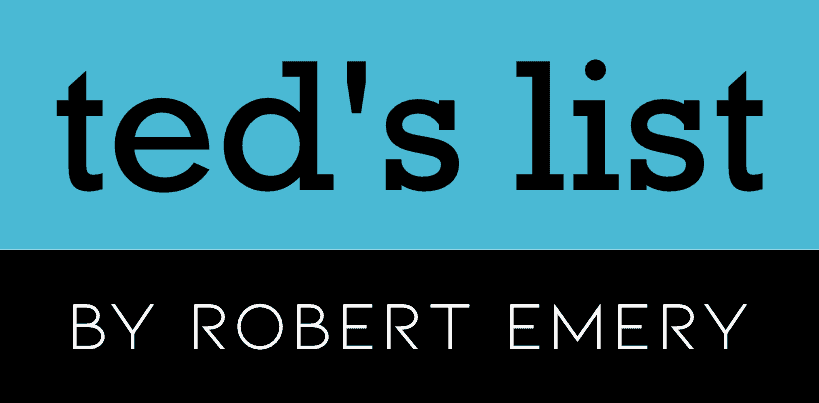how to Read Classical guitar Sheet Music
Learn how to read sheet music within minutes

Determining how to read music is a very essential skill to have. But it’s also a very different skill from actually playing the classical. So why should we handle them as one and the same! As a part of our ‘Beginner’s Guide To Learning The Classical Guitar’, we hope to offer you the knowhow and information to read music much better.
Do we need printed music?
Music is a language; and like any language, it has a written variety. Notation allows musicians throughout the world a tool to communicate. A composer writes their piece with certain icons, and provided you can read music, you can understand it, decipher it, and ultimately play it.
But when was it created? Well, truly early examples have been discovered on natural stone tablets as long ago as 2000 B.C. Though the present-day variety we read now was actually developed by Catholic Monks to make church music around the globe a standard format!

Why Would You Learn To Read Music?
Let’s be totally honest. Understanding how to read music is actually a tough thing to do.
If you’re wishing to play pop, it’s not so vital that you figure out how to read music. On the other hand, if you do, you’ll find life simpler down the road.
It is possible to absolutely go down this path if you choose. Just know that like riding a bicycle, reading music is really a skill you always remember – and the pros massively over-shadow the downsides.
When You Learnt To Read And Write...
When you learnt to read and write, did you handle them as the same process? Of course not. Controlling your hand movements by using a pencil, studying the designs of characters, finding out how characters join together are all a radically different skill from using your eyes to work out what a combination of letters spells.
The whole process of learning to read music is comparable.
The entire process of playing the classical guitar is really a totally different skill from the process of reading the music that is set in front of you. Yes, you will find a connection. But it’s not the same. So any educator who is not separating out these two tasks, and teaching them through different tactics, ought to be fired!
Reading Chords
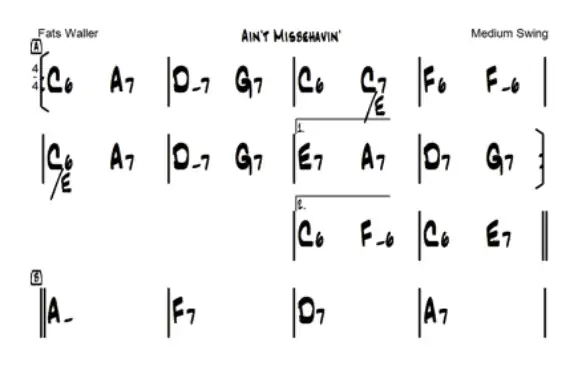
A lot of Classical Guitar players don’t learn to read chords. We, however, think it’s quite a useful skill to have; so would always advise that you try and understand chord reading from the very beginning.
In pop and jazz, musicians just follow a sequence of chords, and players improvises around these chords – so yes, it’s a great way to practice your improvisation skills!
Understand The Fundamentals Of Music Notation
The Treble Clef Staff
For classical guitar, staff notation is structured around something called the treble staff. This consists of a stave (the name for the lines) of five lines and four spaces. It is usually labeled using a treble clef (the squiggly thing at the beginning of the line)!
Middle C lies in the gap at the very bottom of the stave, upon an imaginary line.
Notes can sit on a line or in a space. The vertical placement (height) of the note identifies the pitch. The higher up the stave, the higher the pitch. In the event the note needs to go higher or below the stave lines, we add mini lines for each note that is higher or lower. These lines are referred to as ledger lines.
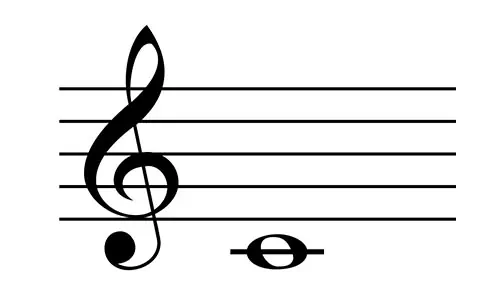
The notes
So that we don’t need to count up from middle C to find our note, you can make use of a trick – and it’s as easy as remembering the word FACE…

The five lines, bottom part upwards, for the treble staff are E G B D and F. The easiest way to remember them is usually to remember acronyms. The most well-liked is “Every Good Boy Deserves Football” – however, I think you’ll be able to produce a much better version!

Also to help give a nice summary of the entire Treble Clef staff, here you go:
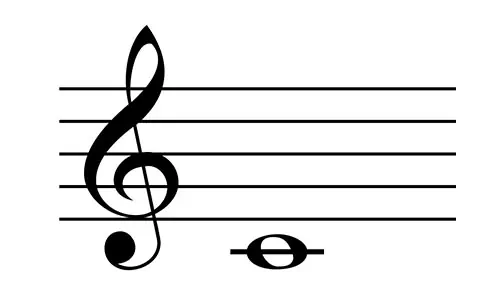
How To Tell The Length Of The Notes
If we read sheet music, we read the notation from the left-hand side to the right. As we already have learned which specific note to play, we now need to find out how much time to play it for. Fortunately, the printed note actually tells us this as well.
The exact shape of the note and stick can tell you how long you’ll need to play the note.
- A whole note (or if you are in the UK, it’s called a Semibreve) is an empty circle and lasts four counts.
- A half note (or if you are in the UK, it’s called a Minim) adds a stem and lasts two counts.
- A quarter note (or if you are in the UK, it’s called a Crotchet) fills in the circle and lasts one count.
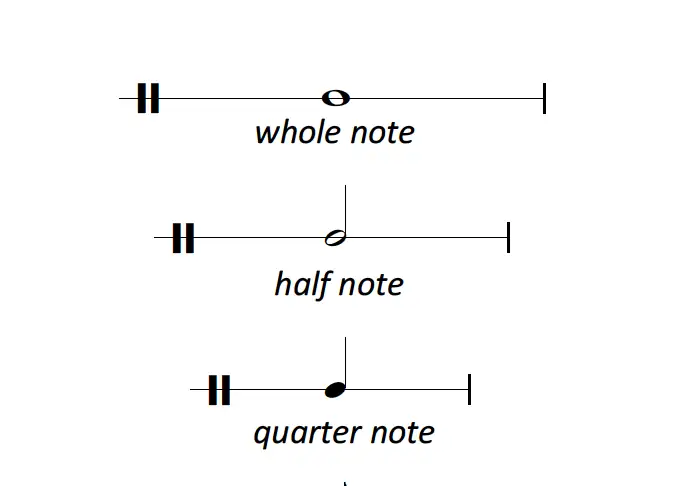

How To Read Classical Guitar Sheet Music - Summary
Great news – you’re on your journey to reading music!
Using that fundamental information, now you can go away and use what you’ve discovered. It’s really not as tricky as you thought – and you’ll soon have the hang of it with a bit of patience.
Of course, there are many additional factors to eventually master – for the time being, that ought to provide a good headstart!
About the Author
Fred Lawton
Initially an electric guitarist, Frederick Lawton decided to move to classical guitar whilst already at university studying Popular Music and Jazz. Despite coming to the instrument late, he has quickly established himself as a player with a rare understanding and ability to project and display a sound which shows the colours of the instrument freely.
He studied under Paolo Pegoraro at The Segovia Guitar academy in Pordenone, Italy. Before this he studied with Craig Ogden at The RNCM and Graham Anthony Devine for his MMus at Trinity Laban.
In 2018 he became the international board member for the Norwegian Guitar Festival and became the first English guitarist to record solo for Guitar Salon International in Los Angeles California.
Other posts by this author
What Exactly Is 4 Feature Friday?
Each week, on a Friday, I distribute the 4 Feature Friday email. It’s a very simple idea that features four fantastic things I”ve found that week.
Providing it has something related to music, it can finish up in the e-mail. Think of it as a music pandora’s box!
But you’ll only have a copy of the email if you gain entry below.
Read the next post in this series:




